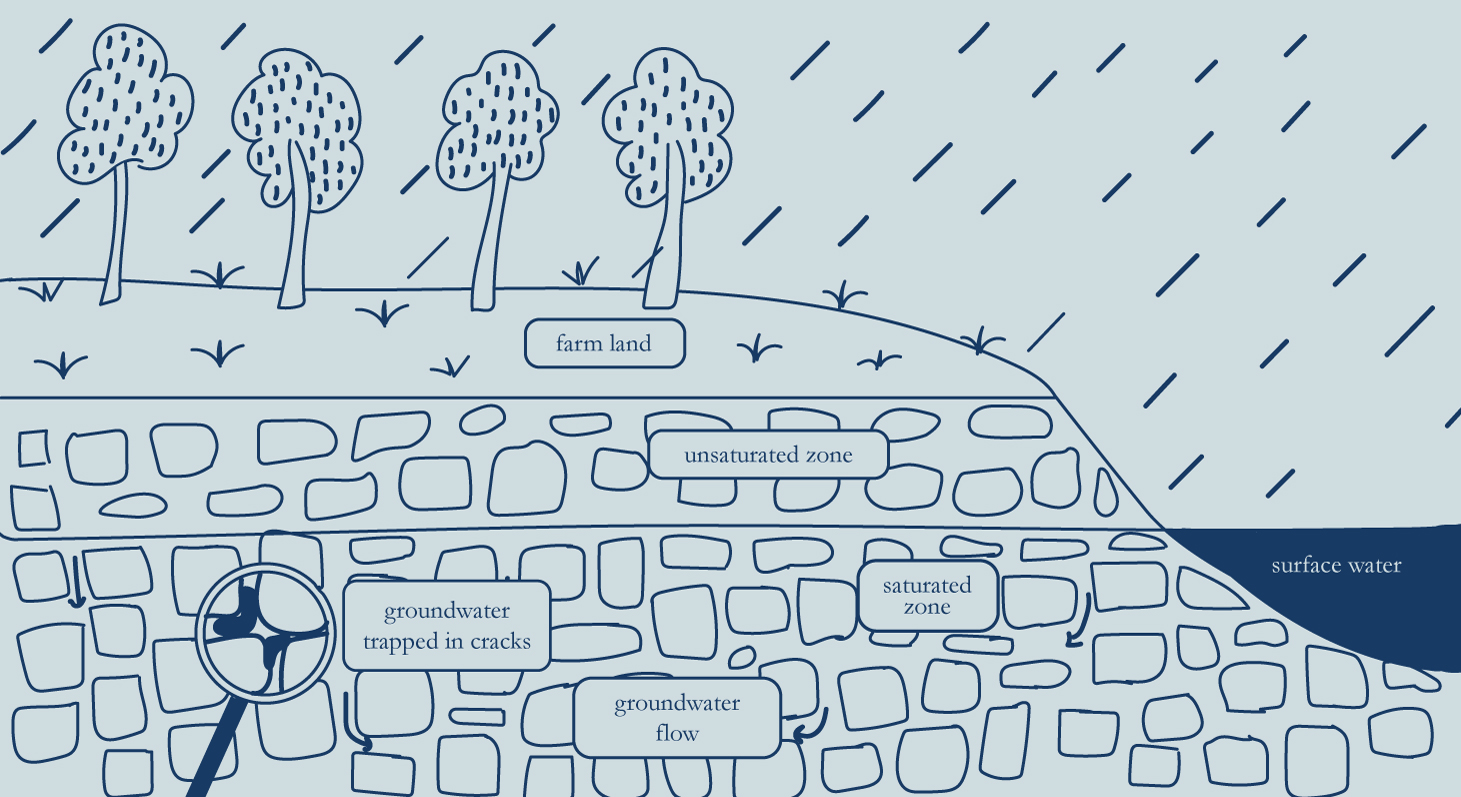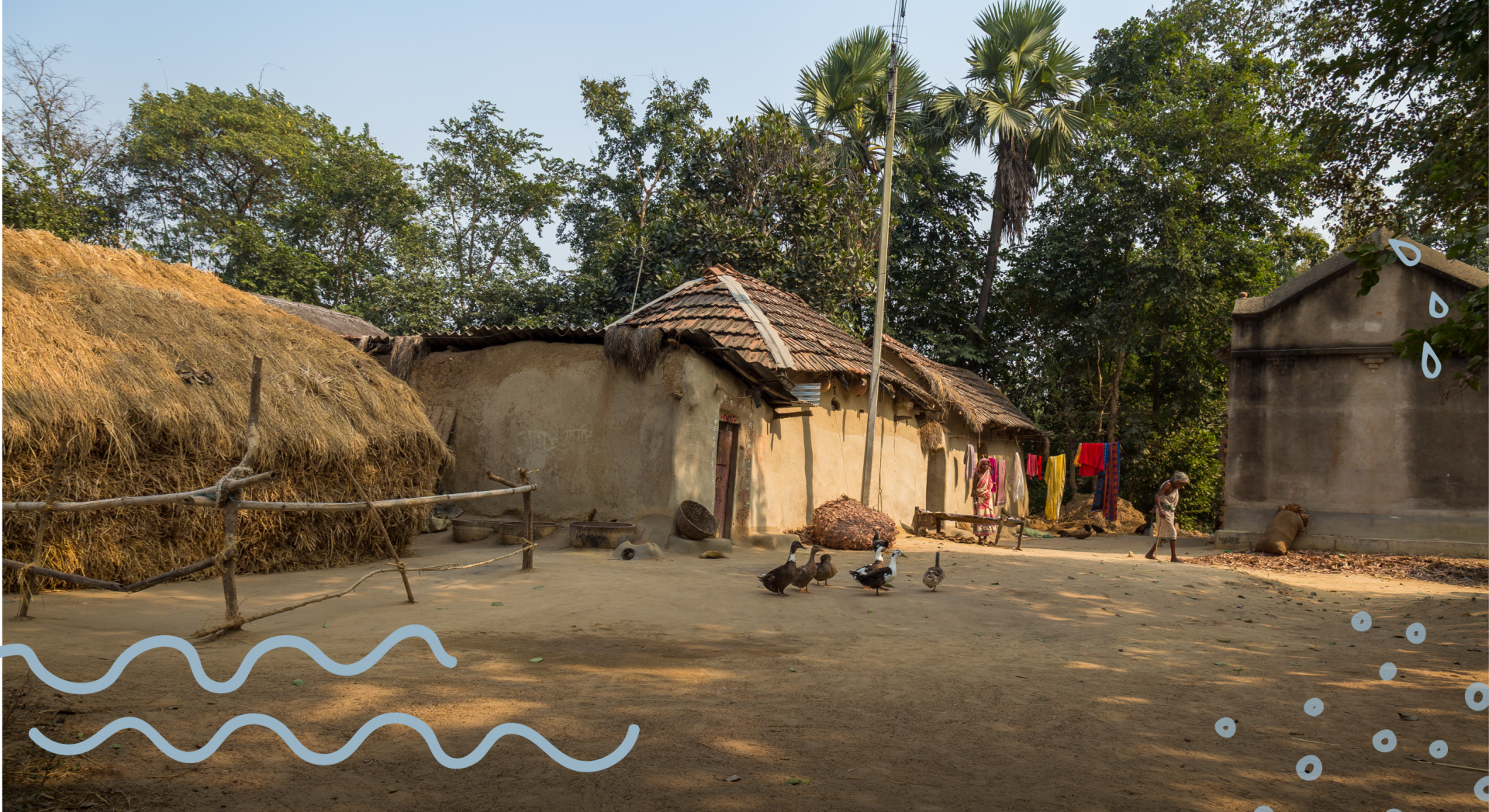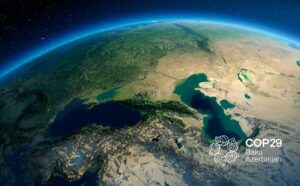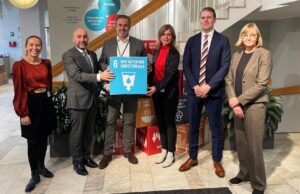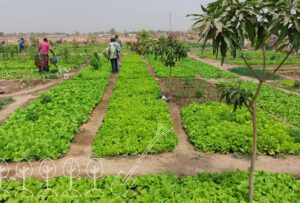With World Toilet Day approaching, on November 19th, it is a good time to revisit the Swachh Bharat Mission (SBM) in India to investigate the impacts the programme might have had on sanitation and groundwater, the theme of this year.
SBM has been called the world´s largest sanitation and behaviour change programme. Launched in 2014 it aimed to make India, then home to 60 per cent of the world’s open defecators, Open Defecation Free (ODF) by building over 100 million household toilets, benefitting 500 million people across 630,000 villages. Considered a success, reports show that as a result of SBM, households in ODF villages saved 50,000 rupees (over USD600) every year in fewer days of illness, time saved waiting or travelling for treatment, and other associated costs.
Additionally, results from a UNICEF report showed that groundwater, our most important resource for drinking water, in ODF villages was 12.7 times less likely to be contaminated by with human fecal matter, compared to villages without 100% toilet coverage[1]. In the report, UNICEF are careful to point out that these results are indicative. While it points to a positive correlation between sanitation programming, such as the SBM, and cleaner groundwater and as a result drinking water and better health, more research is needed to determine the large scale and longer-term results.
There is good reason for being cautious about these results, as groundwater contamination by human waste is one of the major concerns in India. Paradoxically, some studies show that this sometimes is the result of leakage from toilets, pit latrines and septic tanks, rather than from open defecation[2]. As a result, the use of groundwater for drinking water, particularly in India, is endangered by the uncontrolled disposal of human excreta, especially in densely populated urban settlements, and the absence of sustainable sanitation systems in fast-growing cities and peri-urban areas. The threat is more severe in dense habitation where both onsite sanitation and drinking water resources are in close proximity to each other.
Unsafe sanitation can pose greater threat than open defecation
A recent study in villages in Tamil Nadu in Southern India found that wells in densely toileted areas were more contaminated than those located in open defecation areas. Pit latrines and septic tanks, especially when constructed, installed and managed poorly, can result in significant pollution of shallow aquifers. Latrines and septic tanks allow for constant infiltration of its content into the soil and eventually to groundwater sources and wells. This can lead to disease outbreaks via contaminated water points and harmfully high nutrient loading in water supplies and nearby lakes, damaging fragile ecosystems. This shows that the policy for the eradication of open defecation should not only focus on the construction of toilets but should also emphasize the installation of on-site sanitation technologies that are capable of achieving the required quality, and that groundwater quality can only be protected if overall sanitation conditions are improved in a holistic way[3].
Climate change can make sanitation unsafe
Climate change impacts may exacerbate these effects. With intensifying rainfall, pit latrines, septic tanks and open sewers can get flooded and flushed out, spreading human waste into soil and surface water. A study conducted in the Ganges Basin in West Bengal found that groundwater was found to be most severely contaminated in the monsoon season[4]. Conversely, in areas with worsening drought, sanitation systems such as pour-flush latrines may become unusable, forcing people to resort to open defecation.
Local knowledge is key to protecting groundwater
While guidelines for the construction of appropriate sanitation facilities and the minimum distance to wells and water sources exist, the matter is complex and further complicated by the contextual knowledge needed, for example of the soil composition and quality, the level of the water table, and the available infrastructure and technologies. Guideline values for separation distances between onsite sanitation systems and water sources vary widely (e.g. between 15 to 100 m between pit latrine and groundwater wells), and in many cases groundwater professionals are needed to elaborate specific guidelines which are adapted to the regional setting, which may not be available when implementing large-scale programmes in widely variable contexts[5].
Safely managed sanitation is climate resilient and protects environment
As the government of India launched SBM Phase II in 2020, focus has shifted to making available funds for sustaining ODF statuses, and identifying newly “left out” households. Importantly, this is also including identifying opportunities for promoting safe management of all waste. A safe and sustainable sanitation system begins with a toilet that effectively captures human waste safely, taking into account climate risks and ensuring there is a sustainable service delivery model for safe emptying, transporting, treating and disposing of the waste. Safe reuse of treated human waste can capture greenhouse gas emissions for energy production and provide agriculture with a reliable source of water and nutrients.
With the effects of climate change being more visible, sustainable and climate resilient sanitation systems need to be able to withstand more frequent floods, droughts, changes in water availability and sea level rise brought on by climate change, in order to ensure the groundwater is protected. In areas experiencing water scarcity and decreasing groundwater availability treated wastewater can be used to recharge aquifers and replenish groundwater supplies. Groundwater protection zones are vital, as part of a context-specific, integrated approach to ensuring sanitation systems, land use planning and water abstraction do not adversely impact the quality and quantity groundwater resources, particularly in areas where aquifers are close to the surface[6]. The focus of SBM Phase II on sustainability is a step in the direction towards better groundwater quality in India.
